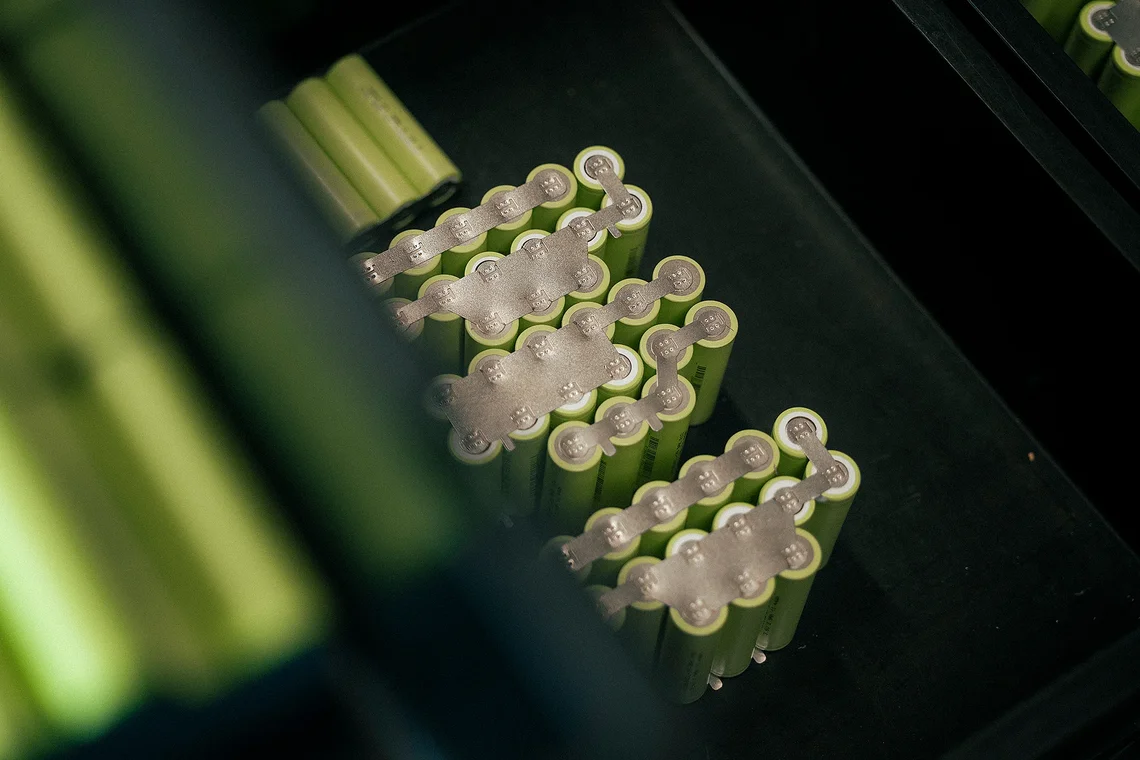

Flexible, powerful, rechargeable — Battery systems with rechargeable batteries
When energy efficiency, reusability, and intelligent system integration are required, rechargeable batteries provide the ideal solution. As an experienced supplier of rechargeable batteries, we develop and assemble customized battery packs for demanding applications across industries such as industrial, medical technology, e-mobility , aerospace, military , and IoT .
Our range of branded battery cells
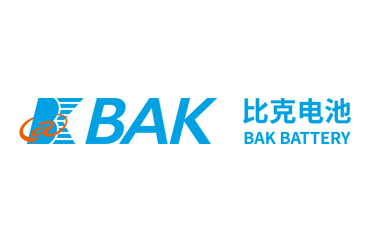

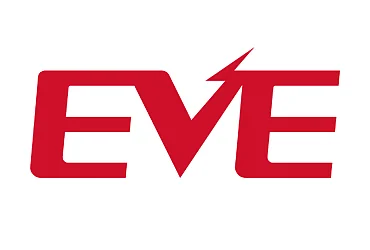



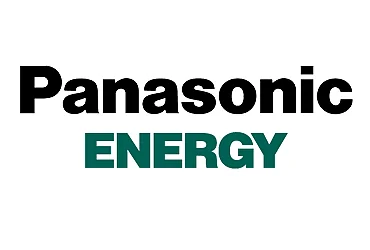

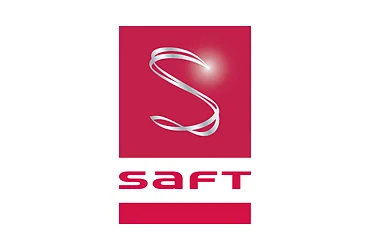

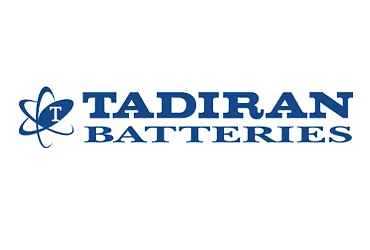

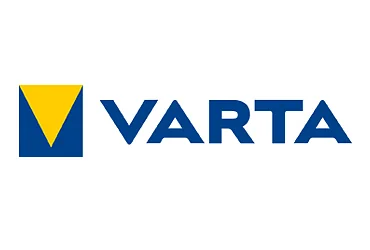



Advantages of rechargeable batteries at a glance:
- Rechargeable energy solution with long service life
- High energy density in a compact design
- Wide selection of cell chemistries and formats
- Integration of intelligent protection and charging technology
- Sustainable and cost-effective operation
- Perfectly tailored to your application
Rechargeable batteries: applications and solutions
Whether off-grid systems, mobile devices, or industrial applications—rechargeable batteries stand out for their flexibility and reliable performance. As specialists in battery pack assembly and system integration, we collaborate with you to develop the right solution—from prototype to series production.
Typical applications include:
- Medical devices and diagnostic systems
- Automotive and e-mobility
- Logistics solutions and mobile workstations
- Industrial electronics and automation
- Communication and sensor technology
- Backup systems and uninterruptible power supplies (UPS)
How we support you
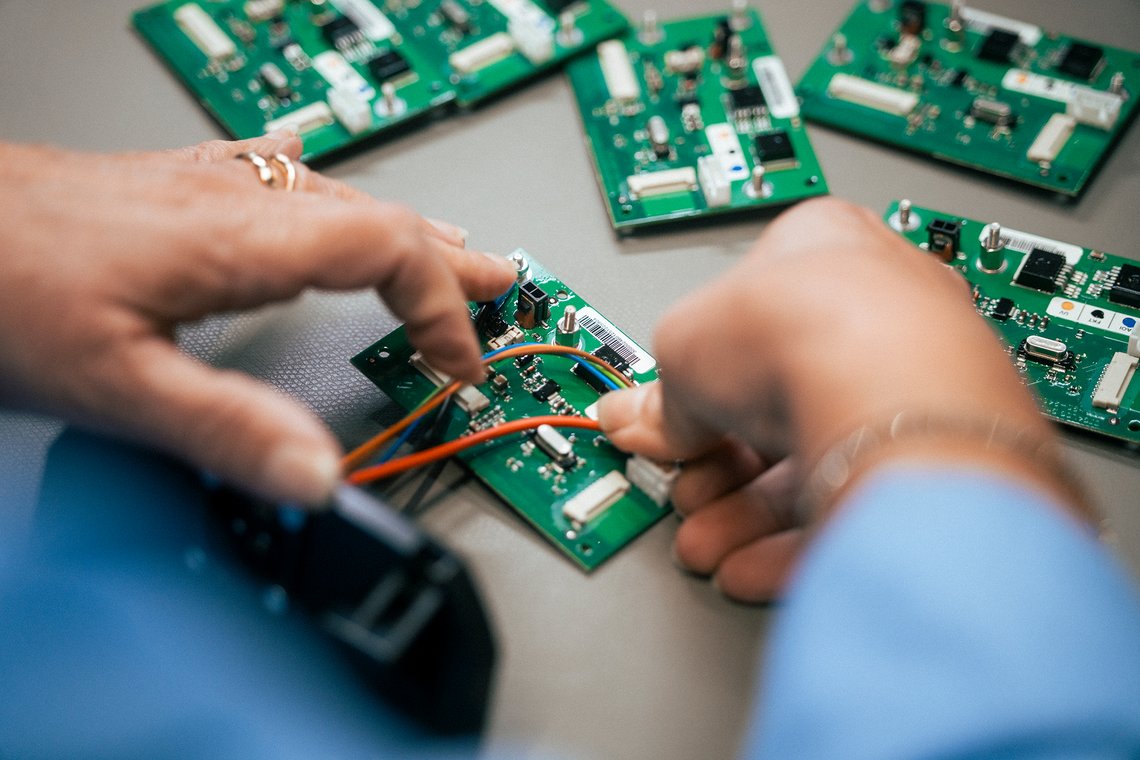

In battery pack development, precise requirements for safety, lifespan, and performance must be met. VRI offers comprehensive support in selecting suitable rechargeable batteries, integrating battery management systems (BMS), and designing compliant energy storage solutions. We assist you with:
- Selecting the appropriate cell chemistry (e.g., Li-Ion, LiFePO₄, NiMH)
- Consulting on charging technology , BMS, and protective measures
- Designing for lifespan, charge cycles, and environmental conditions
- Technical implementation in compliance with standards and certifications
- Prototype construction and testing under real-world conditions
Your journey to the right battery pack
As an experienced battery manufacturer and system partner for high-performance battery packs, we support you from concept to certified series production. Whether small batches or OEM solutions, we develop your rechargeable battery precisely according to your requirements and specifications.


Our experts support you from the initial concept to the finished rechargeable battery solution. Contact us now for a personal, no-obligation consultation—free of charge.
Steffen Weller
Vertriebsleiter – Sales Director
Overview of key rechargeable batteries
Lithium-ion cells (Li-ion) are powerful, rechargeable secondary cells and have become key energy sources in e-mobility, industrial applications, and consumer products. Their high energy density, compact design, and low self-discharge make them the preferred choice for demanding applications.
Technical advantages at a glance:
- Very high energy density (up to 4× higher than lead-acid)
- High cell voltage: 3.6–3.7 V (charge cutoff: 4.2 V)
- Low self-discharge: < 2% per month
- Can replace up to three NiCd or NiMH cells
Typical applications: e-mobility, medical technology, portable devices, industrial equipment
Rechargeable lithium cells with alternative chemistries complement conventional Li-ion and Li-poly systems wherever compact size, long-term stability, or wide temperature tolerance are essential. Often used in coin cell formats, these cells are based on specialized electrochemical systems such as Li-MnO₂, Li-V₂O₅, or Li-TiS₂. They are known for high reliability, low self-discharge, and long service life in low-power applications.
Your advantages with rechargeable lithium cells (special chemistries):
- Rechargeable and durable – up to 1,000 charge cycles
- Temperature-stable – ideal for industrial use
- Low self-discharge for long deployment times
- Compact coin cell formats available
- Alternative voltage ranges (1.5 V / 2.3 V / 3.0 V)
Technical specifications:
- Nominal voltage: 1.5 V / 2.3 V / 3.0 V
- Chemistries: e.g. Li-MnO₂, Li-V₂O₅, Li-TiS₂
- Cell format: mainly coin cells, some special formats
- Temperature range: –20 °C to +70 °C
- Cycle life: 300–1,000 charge cycles
- Self-discharge: < 2% per month
Typical applications: Storage modules, RTC buffering, wearables, medical devices, measurement technology, and energy-autonomous electronic systems with low power consumption.
More about lithium cells
Lithium polymer cells (Li-poly) are rechargeable secondary cells known for their particularly flexible form factor and high energy density. They can be manufactured extremely flat and in variable shapes—ideal for compact devices and space-sensitive applications.
Technical advantages at a glance:
- Maximum design freedom: ultra-thin (< 1 mm possible)
- Up to 20% higher energy density than classic Li-Ion cells
- Cell voltage: 3.7–3.8 V (charge cutoff: 4.2 V)
- Low self-discharge: < 2% per month
Typical applications: smart cards, wearables, tablets, smartphones, medical technology
Note: Selecting appropriate electrode materials based on application and requirements is crucial—we support you in choosing the right cell chemistry.
Lithium iron phosphate cells (LiFePO₄ / LFP) are among the safest rechargeable cell technologies on the market. They offer high thermal and chemical stability—ideal for applications demanding long life, fast charging, and safety.
Advantages of lithium iron phosphate:
- High safety—no oxygen release in case of malfunction
- Long lifespan: 2,000 to 5,000 charge cycles
- Fast charging capable: high charge/discharge currents (up to 30C)
- Environmentally friendly and recyclable—free of toxic heavy metals
Technical data:
- Nominal voltage: 3.2 V
- Charge cutoff voltage: 3.6–3.7 V
- Temperature range: -40 °C to +85 °C
- Energy density: 150–170 Wh/kg
- Self-discharge: approx. 3% per month
Typical applications: e-mobility, stationary energy storage, industrial applications with high safety requirements
Nickel-metal hydride batteries (NiMH) are reliable rechargeable batteries with a broad range of applications—especially where robustness, temperature tolerance, and environmental friendliness are required.
Advantages of nickel-metal hydride:
- High temperature resistance: -30 °C to +60 °C
- Resistant to deep discharge and overcharging
- More environmentally friendly than NiCd—free of toxic heavy metals
- Available as “Low Self Discharge” (LSD) version
Technical data:
- Nominal voltage: 1.2–1.3 V
- Charge cutoff voltage: up to 1.55 V
- Cycle life: 300–1,000 charge cycles
- Energy density: 50–70 Wh/kg
- Self-discharge: approx. 25% per month (LSD: approx. 15% per year)
Typical applications: medical technology, industrial electronics, mobile devices in harsh environmental conditions
NiCd batteries are especially durable rechargeable cells with high cycle stability and excellent temperature tolerance. Today, they are mainly used in specialized applications—where other cell chemistries reach their limits.
Advantages of nickel-cadmium:
- Highly robust against deep discharge and overcharging
- Long service life: up to 1,500 cycles
- Extremely temperature-resistant: suitable from -40 °C to +60 °C
- Suitable for high charge and discharge currents
Technical data:
- Nominal voltage: 1.2 V
- Charge cutoff voltage: 1.4–1.65 V
- Discharge cutoff voltage: 0.8–1.0 V
- Charge current: 1C – 3C
- Energy density: 50–90 Wh/kg
- Power density: 130–220 W/kg
- Self-discharge: approx. 0.5% per day
Typical applications: emergency and alarm systems, medical equipment, military applications (in compliance with EU exemptions)
Important note:
Due to the presence of cadmium—a toxic heavy metal—the use of NiCd cells in consumer batteries is largely prohibited within the EU. This chemistry is therefore only permitted for specific applications (e.g., emergency lighting, military, medical technology).
Lead batteries (Pb, VRLA, AGM) are among the oldest and most proven rechargeable batteries. They consist of lead dioxide (positive electrode), lead (negative electrode), and diluted sulfuric acid as electrolyte. Classic applications range from emergency power supply to industrial uses.
Modern variants such as VRLA (Valve Regulated lead acid) batteries are maintenance-free and especially safe. They are distinguished by:
- AGM technology: Electrolyte absorbed in glass fiber mat
- Gel technology: Electrolyte immobilized in gel form
Advantages of lead batteries:
- Cost-effective and time-tested
- VRLA models are maintenance-free and leak-proof
- Easily recyclable with established take-back infrastructure
- High performance under heavy load
Technical data:
- Nominal voltage: 2.0 V per cell
- Charge cutoff voltage: 2.4 V per cell
- Discharge cutoff voltage: 1.4–1.75 V (depending on load)
- Nominal charge current: C/20
- Operating temperature: -20 °C to +60 °C
- Cycle life: up to 3,000 cycles
- Energy density: approx. 50 Wh/kg
- Power density: 250–500 W/kg
- Self-discharge: approx. 1–3% per month
Important note:
Lead is a heavy metal with potential health hazards. Batteries containing more than 0.004% lead must be labeled ("Pb") and must not be disposed of with household waste. Proper recycling is legally required.
Rechargeable capacitors—whether classic supercapacitors (EDLC) or lithium hybrid capacitors (LiC)—are specialized energy storage devices known for extremely fast charge/discharge capability and exceptional cycle life. They are ideal for applications with short-term energy demand, frequent load changes, or as a complement to conventional batteries.
Your advantages with rechargeable capacitors:
- Fast charging – fully recharged within seconds
- Extremely high cycle life – up to 1,000,000 charge cycles
- High power density – ideal for short energy bursts
- Maintenance-free and robust – long service life
- Battery-compatible – can be used for power boosting
Technical specifications:
- Nominal voltage: 2.7–3.8 V (depending on cell type)
- Capacity: from a few mF to >500 mAh (depending on format)
- Temperature range: –40 °C to +85 °C
- Energy density: 5–20 Wh/kg
- Power density: up to 10,000 W/kg
- Self-discharge: depending on type, < 3% per month (LiC) to >10% per day (EDLC)
Typical applications: IoT devices, smart metering, data loggers, industrial sensors, medical technology, communications, and backup systems with high current demand.
More about capacitors
